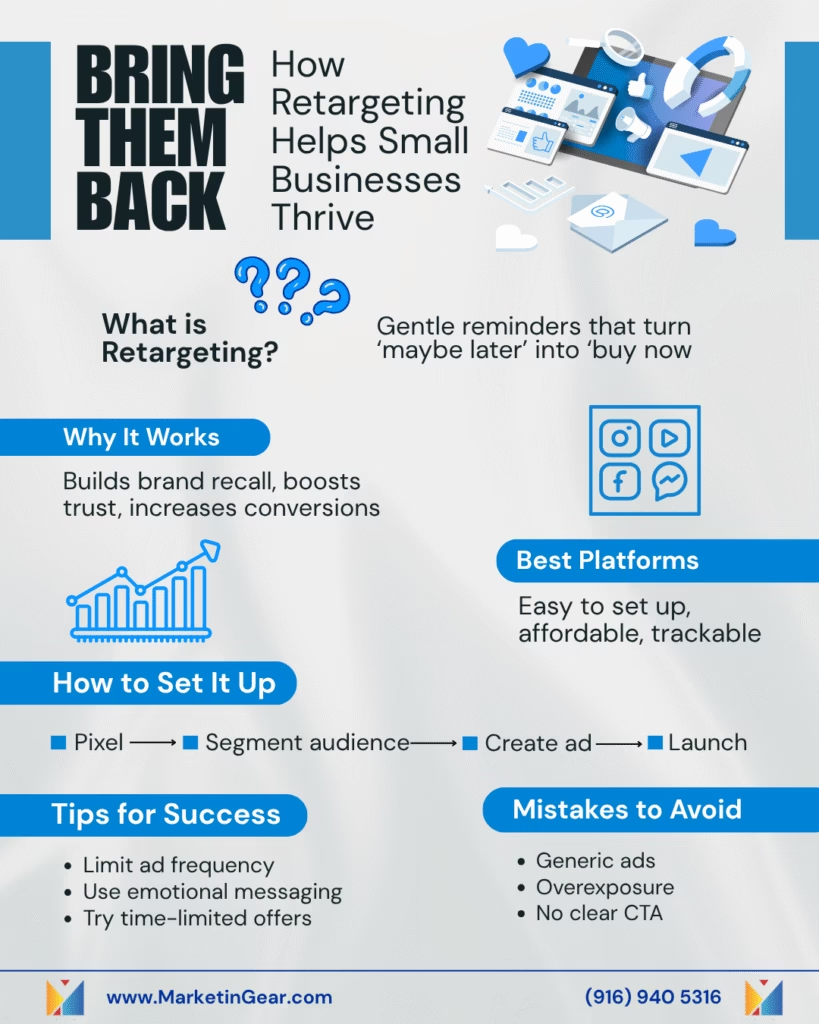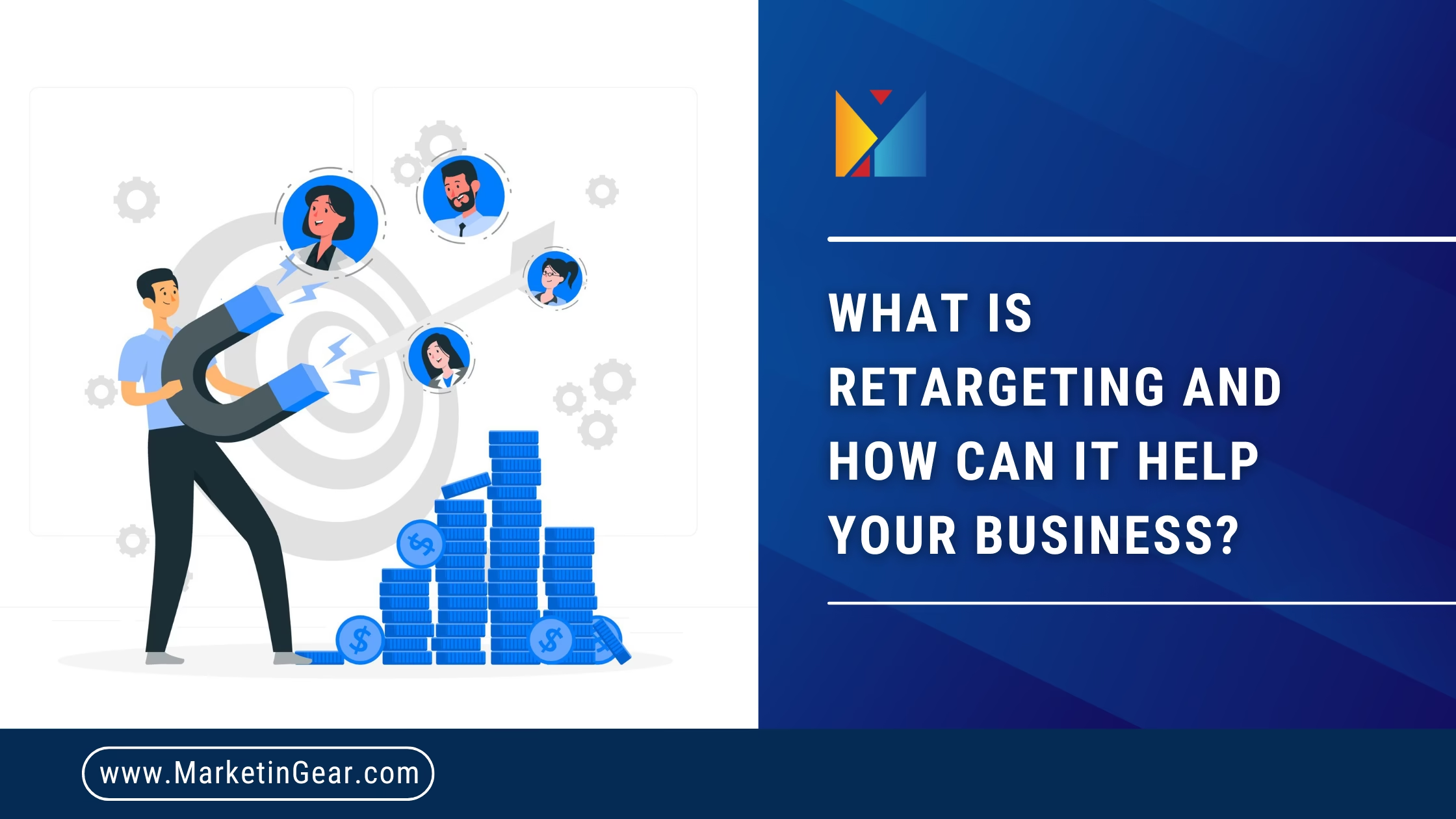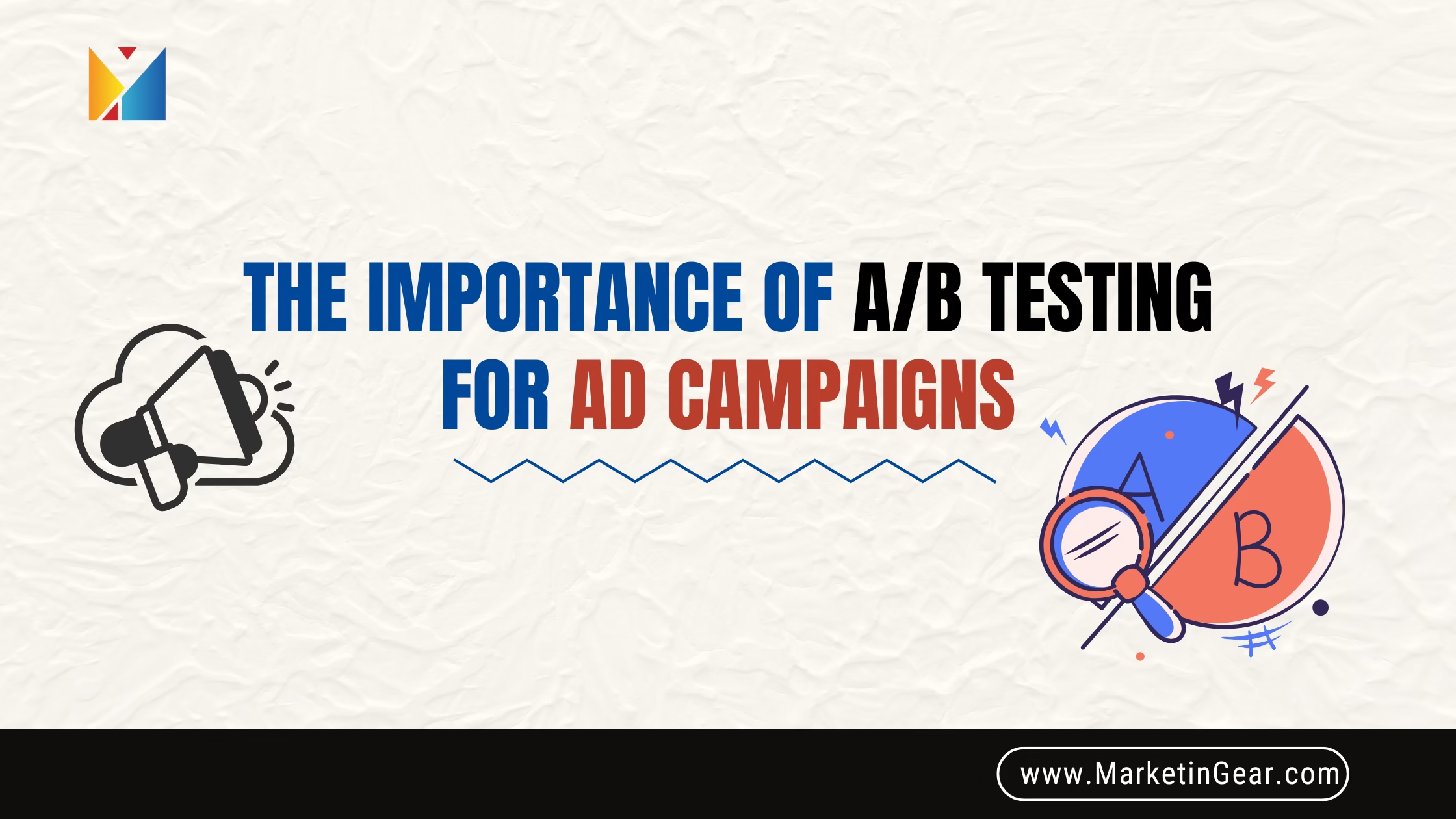Introduction: Ever Felt Like Ads Are Following You?
Imagine walking into your favorite sneaker store. You admire a pair of bold, stylish sneakers, maybe even try them on — but leave without buying. Later that day, you scroll through Instagram, and there they are again — those same sneakers, almost taunting you. Then they show up on Facebook, YouTube, even in a banner while reading the news.
You’re not being haunted. You’re being retargeted.
Retargeting is a digital marketing tactic that gives brands a second shot at turning your interest into action. And for small businesses, it’s a game-changer. It helps you recover lost sales, re-engage curious visitors, and stretch your marketing budget further than ever.
If you’ve never dabbled in retargeting before, don’t worry. Think of this as a coffee chat where we break it all down into simple steps, clear benefits, and practical advice you can actually use. ☕️

Section 1: What Exactly Is Retargeting?
Retargeting, also known as remarketing, is a form of online advertising that targets people who have previously interacted with your brand. Maybe they visited your website, clicked on a product, watched a video, or even left items in their shopping cart.
These users didn’t convert — not yet. Retargeting brings them back into your orbit by reminding them of what caught their eye in the first place.
Example: Let’s say a customer browses your online bakery and spends time admiring your cake gallery but doesn’t place an order. Later that evening, while scrolling through Instagram, they see a beautifully shot video of your cakes with a special “10% Off First Order” offer. That little nudge? It often works wonders. Many will return and make that purchase they almost completed.
Section 2: Why Retargeting Works So Well (Psychology 101)
The success of retargeting isn’t just about tech — it’s rooted in human behavior and psychology:
- People are forgetful. Life is full of distractions. Even customers who love your product might leave without buying because their toddler cried, their phone rang, or dinner was ready.
- Retargeting keeps you top-of-mind. By showing up again, you remind them why they were interested in the first place.
- It focuses on warm leads. These aren’t cold audiences; they’ve already shown intent. That makes retargeting far more effective — and cost-efficient — than trying to win over someone who’s never heard of you.
- Bonus: Retargeting is often cheaper. Because you’re targeting a specific, narrow audience, you avoid wasting money on broad ads with low conversion potential.
Section 3: Types of Retargeting Ads Small Businesses Can Use
Here’s a breakdown of the key retargeting options available — pick what suits your business best:
1. Website Retargeting
This method targets visitors who landed on your website but left without converting.
- Perfect for: E-commerce stores, professional services, and local businesses
- Tools: Google Ads, Facebook Pixel, TikTok Ads Manager
2. Cart Abandonment Retargeting
Targets people who added items to their cart but didn’t complete the purchase.
- Often paired with time-limited offers like:
- “Your items are still waiting!”
- “Complete your order in the next 2 hours for 10% off!”
3. Social Media Retargeting
Delivers ads to users on platforms like Facebook, Instagram, TikTok, and LinkedIn based on their interactions with your business.
- Great for: Visually driven brands — salons, cafés, fitness studios, fashion, etc.
- Pro Tip: Use Stories and Reels to make retargeting feel natural.
4. Search Retargeting
Instead of relying on visits to your site, this technique targets users based on keywords they’ve searched on Google or Bing.
- Best for: Capturing high-intent prospects who haven’t discovered your brand yet
Section 4: How Retargeting Can Help Your Business Grow
Let’s look at the specific benefits for small businesses:
- It recovers lost customers. Around 70% of website visitors leave without taking any action. Retargeting helps bring some of them back — giving you another chance to convert.
- It boosts conversions. Marketing research shows that people often need 7–10 brand interactions before they buy. Retargeting fast-tracks this process by reinforcing familiarity.
- It enhances brand recall. Even if someone doesn’t buy right away, your brand becomes recognizable. The next time they’re ready to buy, you’ll likely be top of mind.
- It’s trackable and data-rich. Retargeting lets you track performance metrics such as impressions, click-through rates, and sales — helping you continuously refine your strategy.
Section 5: Is Retargeting Expensive? Not At All.
One of the best-kept secrets of retargeting is how affordable it is — especially for small businesses:
- You’re advertising to a smaller, more qualified audience
- Cost-per-click (CPC) and cost-per-acquisition (CPA) are typically lower
- You get more conversions from fewer ad dollars
Example: A boutique clothing store ran a $50 Facebook retargeting campaign targeting past website visitors. In return, they generated $300 in sales — a 6X return on ad spend.
Platforms to Use:
- Facebook Ads Manager — Best for engaging visuals and dynamic creative
- Google Ads (Display Network) — Wide reach with banner ads across the web
- LinkedIn Ads — Ideal for B2B retargeting based on job titles, industry, and company
Section 6: Getting Started with Retargeting in 5 Easy Steps
Here’s a step-by-step roadmap to launching your first retargeting campaign:
Step 1: Install a Tracking Pixel
This is a small piece of code (like Facebook Pixel or Google Tag) you embed into your website. It collects data on visitors so you can later retarget them with relevant ads.
Step 2: Segment Your Audience
Don’t treat all visitors the same. Group them by behavior:
- Visited homepage
- Viewed product pages
- Added items to cart
- Completed a purchase
This allows you to serve each group more personalized messages.
Step 3: Create Compelling Ad Creatives
- Use curiosity-driven headlines like “Still thinking about that cozy hoodie?”
- Build urgency: “Sale ends tonight!”
- Show social proof: happy customer photos or glowing reviews
Step 4: Choose the Right Platforms
- Facebook & Instagram: Great for lifestyle, food, and fashion brands
- Google Display: Best for banner ads across blogs and websites
- YouTube: Excellent for engaging, short-form video retargeting
Step 5: Monitor & Optimize
Watch how your ads perform:
- What’s getting clicks?
- Which visuals or copy convert better?
- Should you tweak your offer?
Test regularly and improve continuously.
Section 7: Tips for Affordable Retargeting That Actually Works
Small tweaks can make a big difference:
- ✔️ Set frequency caps — Avoid annoying your audience by showing the same ad too often.
- ✔️ Limit the window — A 7–14 day retargeting window is usually effective without being overbearing.
- ✔️ Combine with email marketing — Follow up with cart abandoners via both ads and email for a 1–2 punch.
- ✔️ Upsell or cross-sell — Use retargeting to show accessories or complementary products.
- ✔️ Keep tone friendly — Think of it as a gentle reminder, not a hard sell.
Section 8: Common Mistakes to Avoid
To make sure your retargeting campaign succeeds, steer clear of these pitfalls:
- Generic messaging — Personalization is key. A “one-size-fits-all” ad won’t cut it.
- Old, stale creatives — Refresh your ads frequently to maintain interest.
- Overexposure — Don’t bombard users; it could turn them off permanently.
- Lack of value — Always give users a reason to come back: discounts, limited-time offers, or new arrivals.
Conclusion: It’s Time to Bring Customers Back
Retargeting isn’t just a tool — it’s your second chance to win someone’s heart (and business). It doesn’t require a huge budget, a marketing degree, or a full-blown agency. Just the right message, delivered to the right person, at the right time.
Whether you run a home bakery, a local gym, or a growing online store — this strategy can help you boost your ROI, grow your audience, and finally close those sales that almost slipped away.
Start small. Start smart. And start retargeting.




